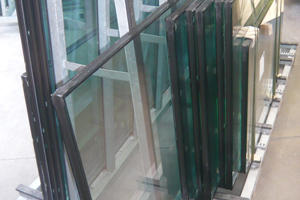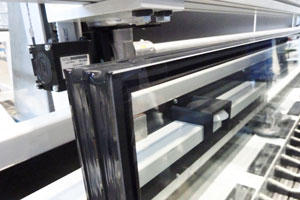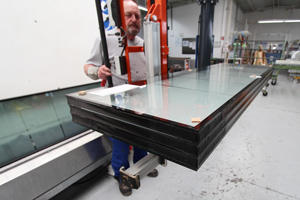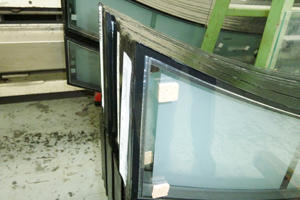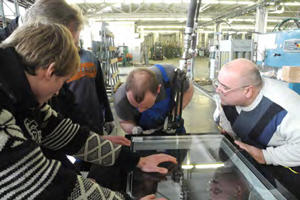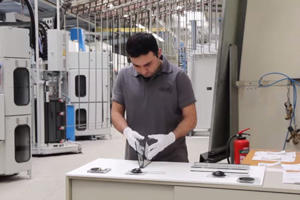About the sealants
This article can be interesting and useful for technical staff as well as for managers and end users.
About the technology of two-stage insulating glass sealing
Primary sealing. The main goal of primary sealing is to ensure vapor, gas, and moisture impermeability, i.e. complete leak tightness of the closed inter-glass space. Butyl extruders are used to apply primary butyl sealant in the molten state. By heating to a temperature of 110-120 °C butyl possesses good plastic properties and excellent adhesion to glass, aluminum and steel and upon subsequent pressing in a press of a double-glazed line fills all microroughnesses between the glass, the distance frame and the connecting elements, forming a single hermetic contour. A correctly assembled insulated glass unit already at this stage of primary sealing should be completely impermeable and when lowered into water should not show signs of leakage.
Secondary sealing. On an industrial scale as sealants are most commonly used two-component polysulfides (PS or thiocols), polyurethanes (PU) and silicones (SI) and for their metering, mixing and application are used two-component sealing systems.
Note. Have a good look at the corners of a manufactured insulated glass unit on the subject of the continuity and the thickness of the primary and secondary seals, for the presence of detachment, bubbles, dimples, color changes, fingerprints (according to technology it is necessary to work with gloves) and other defects - all of the above errors unfortunately are manufacturing defects. A visual inspection of this small corner of an insulated glass unit can tell more about a certain manufacturing enterprise from a technical and economic point of view than stories from managers, colorful advertising brochures, websites and other sources.
| Incorrect primary sealing | Incorrect primary sealing | Perfect primary sealing | Dubious primary sealing |
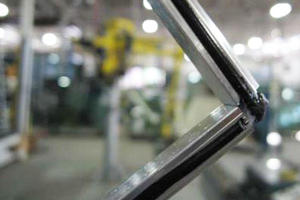 |
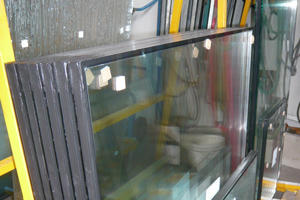 |
 |
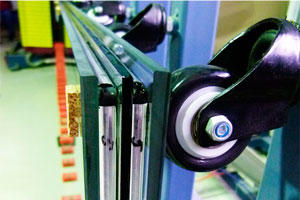 |
Insulated glass dual-component sealants
If with the use of an inexpensive primary polyisobutylene sealant everything seems unambiguous and clear, the secondary sealants deserve special attention. So, these are two-component insulated glass polysulfide (also known as thiocol), polyurethane and silicone.
Insulated glass (structural) silicone is resistant to UV radiation and weather conditions and can be considered as fire resistant. It is the most durable of all three components and has excellent elastic and reinforced strength properties.Because it is the most expensive of the whole three, therefore it is used only for structural glazing where it fully or partially takes on the mechanical load and transfers it to the building elements.The market share in the total mass is both in Russia and in Europe about 1.5%.
About 80% of the market share have two-component polysulfides.They have excellent physical-mechanical properties, forgive errors in dosage (usually 1:10 by volume) and are easy to use and inexpensive.
Compared to polysulfides, polyurethanes are more demanding on the exact mixing ratio of components and on the production culture as a whole. This material has a more frequent preventive protective maintenance on equipment and rigorous maintenance of equipment in perfect technical condition. Otherwise, the PU-mixture won't harden in a double glazed unit or will firstly harden inside the machine like rubber or stone - it depends on the brand of polyurethane and time. In the last case, even with a long idle time of the extruder without work, half of the machine can easily go into scrap. Caused thereby repair or reconstruction are very expensive. The significant advantage of using polyurethanes was for a long time their price, but with the increase of reasonably priced polysulfides their (PU) market share of the total volume decreased in Russia to 1%, in Europe to 5% and continues to decline.
| Adhesion testing, for the sample on the right Hooke's law is powerless |
Check of mixing ratio |
Butterfly test with glasses, |
Peeltest, perfect adhesion and cohesion |
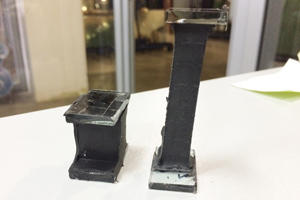 |
 |
 |
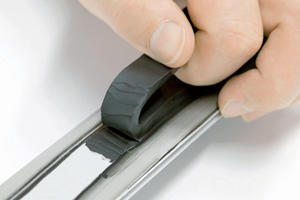 |
| Marble test, perfect miximg |
Marble test, inadequate mixing |
Butterfly test on paper, perfect mixing |
Butterfly test on paper, inadequate mixing |
 |
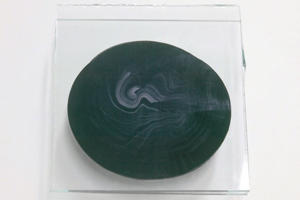 |
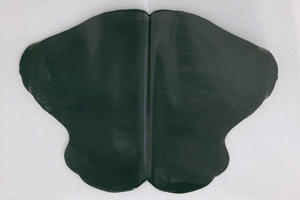 |
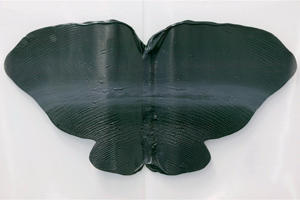 |
|
Test "snake" after repair |
Test "snake" after re-equipment |
Test "snake" after a long downtime |
Test "snake " at the beginning of the shift |
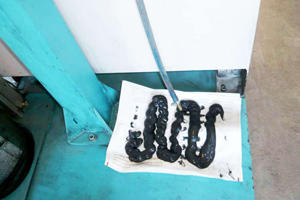 |
 |
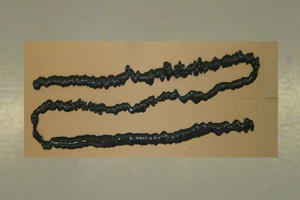 |
 |

